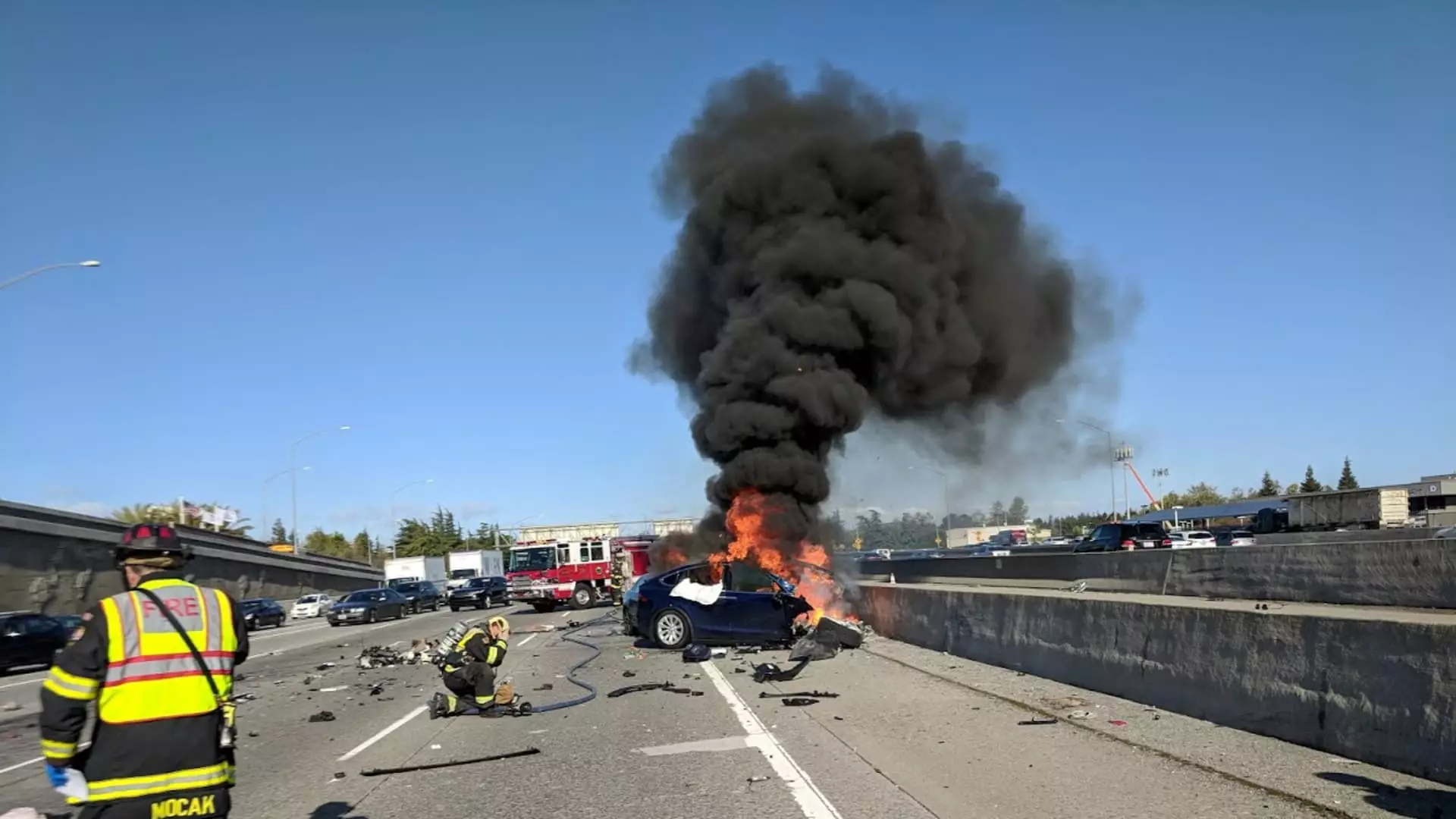Tesla has recently settled a wrongful death lawsuit involving the tragic death of Walter Huang, an Apple engineer and father of two. The incident occurred when Huang’s Model X SUV, equipped with Autopilot features, crashed into a highway barrier near Mountain View, California, in 2018. The settlement was reached just as jury selection and a trial were about to begin in a California Superior Court. This resolution allows Tesla to avoid the public airing of evidence and testimonies in a case that has garnered widespread attention.
The National Transportation Safety Board (NTSB) conducted an investigation into the fatal crash, revealing in 2020 that Tesla’s technology played a role in the collision. The NTSB also cited possible factors such as driver distraction and problematic road construction. It was noted that Huang may have been looking at a game on his phone prior to the crash. The agency found that Tesla’s forward collision warning system failed to alert Huang and its automatic emergency braking system did not engage as his Model X accelerated into the barrier. Additionally, faded lane markings and the position of the crash attenuator were identified as potential contributors to the accident.
Huang’s family filed a lawsuit against Tesla for wrongful death, focusing on alleged safety and design defects in the company’s driver assistance systems. The case was formally known as Sz Huang et al v. Tesla Inc. et al in a California Superior Court. The family’s attorneys highlighted social media posts and marketing messages from Tesla and CEO Elon Musk that suggested Autopilot made driving Tesla vehicles safe without requiring full attention or hands-on steering. Internal Tesla emails referenced in court filings revealed that company executives and engineers had become complacent while using Autopilot features, engaging in distracting activities such as reading emails and checking their phones while driving.
A civil jury trial was scheduled to commence in a San Jose courthouse prior to Tesla’s decision to settle the case. The company’s attorneys defended their position by alleging that Huang was an inattentive driver who chose to play mobile games on his phone at the time of the crash. Following the settlement, Tesla filed a request to keep the settlement amount confidential. The repercussions of the fatal crash and subsequent legal actions have raised concerns about Tesla’s safety culture and the effectiveness of its driver assistance systems among shareholders and consumers. If Tesla had been found liable for Huang’s death, it would have set a precedent in product liability suits the company is currently facing.
This tragic case serves as a stark reminder of the complexities and potential risks associated with advanced autonomous driving technologies. It underscores the importance of maintaining vigilance and responsibility on the part of both drivers and manufacturers when utilizing such systems. As the automotive industry continues to evolve with the emergence of self-driving features, ensuring the safety and reliability of these technologies remains a critical priority for all stakeholders involved.


Leave a Reply